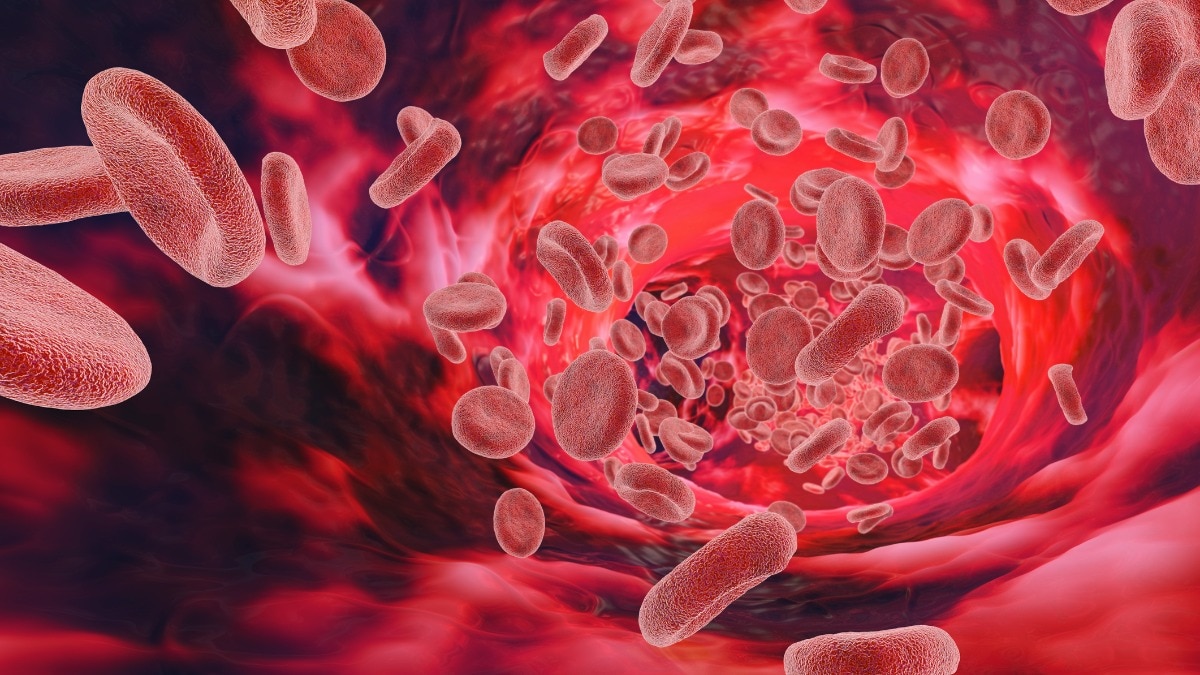Scientists discover new blood group system, ending 50-year-old mystery

Scientists have cracked a 50-year-old puzzle by finding a new blood type system labeled MAL.
Scientists at NHS Blood and Transplant in Bristol, the International Blood Group Reference Laboratory, and the University of Bristol figured out the genetic explanation for the previously unknown AnWj blood group antigen.
This breakthrough will aid in identifying and providing treatment for patients who suffer from this uncommon blood type.
Although some people can temporarily lose this antigen due to illness, the inherited absence of AnWj is extremely rare and has only been found in a few individuals worldwide. Thanks to this discovery, it will now be simpler to identify those with this condition.
There are blood group systems like ABO and Rh that are widely recognized, but blood is actually far more complex, and matching across different systems can be crucially important for saving a life. There are numerous other vital markers for blood group classification. Even rare groups, such as AnWj, can result in severe adverse reactions if transfusion compatibility is not carefully matched.
This research allows for more effective testing to identify people with this uncommon blood type, which will result in a decreased risk of potential complications.
The research reveals that AnWj is carried on a protein called Malt.
Almost all people, more than 99.9%, have the AnWj antigen because they produce full-length MA2 protein on their red blood cells. On the other hand, persons who are AnWj-negative don't have this protein because they have deletions in the MA2 gene.
The study discovered that individuals who test HLA-A*24:02-negative typically have underlying health issues, including blood disorders or certain cancers, which suppress the expression of the antigen.
Only a handful of individuals are genetically AnWj-negative, including a family of Middle Eastern Jewish descent.
Researchers employed whole exome sequencing, a technique that focuses on examining the parts of DNA that code for proteins, to pinpoint the MAL gene deletions causing the AnWj mutation.
They validated their conclusions by reintroducing a standard MAL gene into the cells, which brought back the antigen.
Dr. Louise Tilley, a senior research scientist at IBGRL, has termed this breakthrough as a major achievement that took place after two decades of collaborative efforts and the utilization of sophisticated genetic methodologies.
Dr. Ash Toye of the University of Bristol highlighted the significant role that gene manipulation techniques played in resolving this long-standing puzzle.
The discovery of the MAL blood group system marks a significant advance in providing better care for individuals with unusual blood types and sets the stage for the development of more effective diagnostic methods and treatment choices in the years to come.

Post a Comment